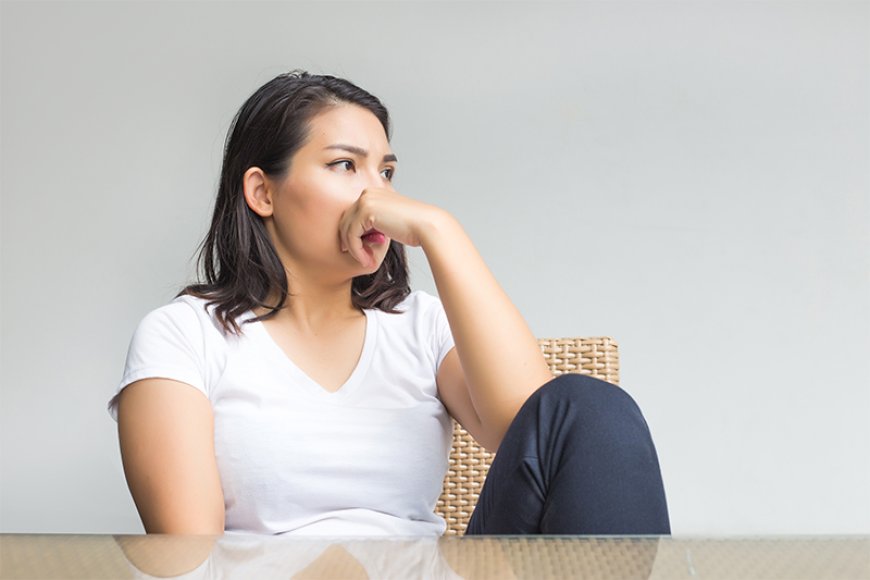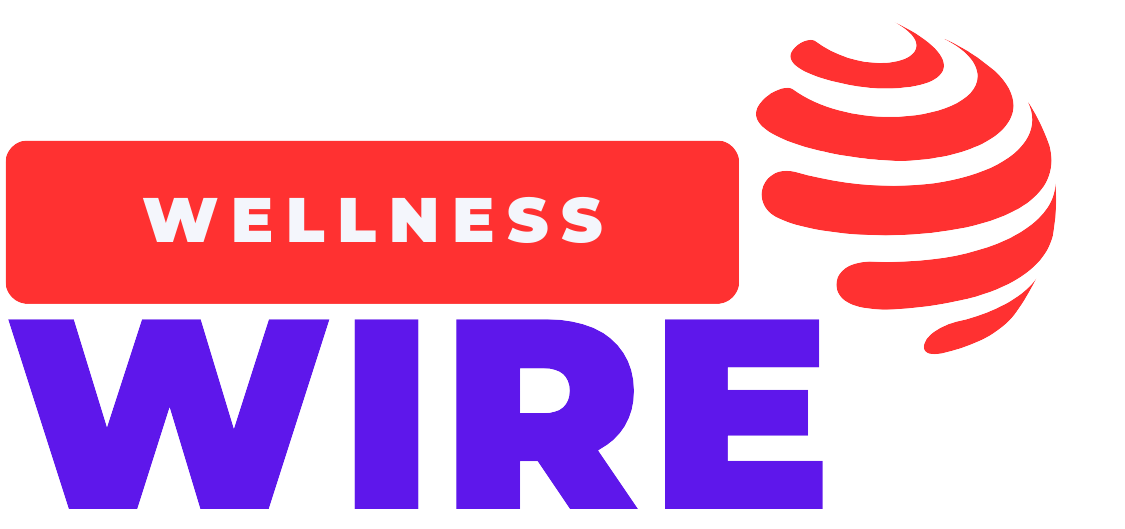Life After Lockdown: Is Post-Pandemic Anxiety Becoming Our New Normal?
Post-pandemic anxiety affects millions even after COVID-19 restrictions have lifted. Discover the causes, symptoms, and effective strategies to cope in this new emotional landscape.

Post-Pandemic Anxiety: Is It the New Normal?
When the COVID-19 pandemic first began, anxiety was expected. Uncertainty, isolation, fear of illness, and financial stress took a toll on nearly everyone. But now, years later—offices have reopened, schools are back in session, and travel has resumed. Life, on the surface, looks like it’s returned to “normal.”
Yet, millions of people still feel uneasy, overwhelmed, or emotionally drained. A persistent sense of worry lingers beneath the surface. So, is post-pandemic anxiety just a temporary adjustment phase—or is it becoming the new emotional baseline for a generation that lived through a global crisis?
Understanding Post-Pandemic Anxiety
Post-pandemic anxiety refers to ongoing stress, fear, or discomfort experienced after the peak of the COVID-19 crisis. It can manifest in many ways: fear of crowded places, difficulty adjusting to social situations, persistent health worries, or a sense of emotional numbness.
According to the World Health Organization, the pandemic triggered a 25% increase in anxiety and depression globally (source). Although restrictions have eased, for many, the mental and emotional impact remains.
Why Anxiety Isn’t Going Away
Several factors contribute to this lingering anxiety, and understanding them is key to coping:
1. Collective Trauma
COVID-19 wasn’t just a health crisis—it was a mass trauma event. People experienced loss on many levels: lives, routines, jobs, milestones. And trauma doesn’t just vanish when the headlines do. It requires time, processing, and often professional help.
2. Uncertainty Fatigue
Even though case numbers have declined, new variants, economic instability, and global conflicts continue to create a climate of unpredictability. This constant flux feeds chronic stress, known as uncertainty fatigue—a state where your brain is stuck in fight-or-flight mode.
3. Reentry Stress
For many, returning to public spaces, offices, or events hasn’t felt liberating—it’s been overwhelming. Social skills have atrophied. Masks may be off, but the fear of infection, judgment, or not “bouncing back” fast enough lingers.
4. Digital Overload
Remote work and online schooling led to a surge in screen time. Now, tech fatigue and social media comparison are contributing to anxiety, especially in younger populations. According to a study by Pew Research Center, 59% of teens reported feeling pressure to look good or post “curated” content—an issue worsened during the lockdown years.
Who’s at Risk?
While anxiety can affect anyone, certain groups are particularly vulnerable:
-
Young adults and teens, whose formative years were disrupted
-
Healthcare workers, due to prolonged exposure to trauma
-
People who lost loved ones or faced financial hardship
-
Those with pre-existing mental health conditions
A recent report from KFF (Kaiser Family Foundation) found that one in three adults in the U.S. continues to report symptoms of anxiety or depression, nearly triple the rate pre-pandemic.
Signs You Might Be Struggling
Post-pandemic anxiety doesn't always look like a panic attack. Sometimes, it's quieter and more insidious:
-
Trouble sleeping or constant fatigue
-
Avoiding social situations
-
Feeling restless or irritable
-
Difficulty concentrating
-
Over-checking health symptoms or news
If these symptoms persist for more than two weeks and interfere with your daily life, it might be time to speak to a mental health professional.
Healthy Ways to Cope
You don’t need to wait for your anxiety to spiral before you take action. Here are some proven, evidence-based strategies that can help:
1. Rebuild Routines
Creating consistent daily habits (even simple ones like waking up at the same time or going for a walk) helps re-establish a sense of control.
2. Limit News Consumption
While staying informed is important, doomscrolling only fuels anxiety. Set boundaries: maybe 15–30 minutes a day, from reliable sources like CDC or Johns Hopkins University.
3. Talk About It
Isolation feeds anxiety. Whether it’s a friend, family member, or therapist, sharing how you feel breaks the stigma and offers emotional relief.
4. Mind-Body Practices
Breathwork, meditation, yoga, and progressive muscle relaxation can all reduce anxiety by calming your nervous system. Platforms like Headspace and Insight Timer offer free resources.
5. Seek Professional Help
If anxiety is affecting your quality of life, consider reaching out to a therapist or counselor. Websites like Psychology Today can help you find licensed professionals near you.
Is This the New Normal?
It’s easy to feel like we’re stuck in a never-ending cycle of unease. But here’s the truth: post-pandemic anxiety is a normal reaction to an abnormal event. Just like grief, it takes time to process.
What we’re seeing is not the “new normal” in a fixed, unchangeable way—but rather a new emotional landscape that we’re all learning to navigate. The goal isn’t to eliminate anxiety altogether—it’s to build resilience, practice self-awareness, and foster communities that prioritize mental well-being.
Final Thoughts
The pandemic shook the foundation of our world—and our mental health. While society pushes forward, the emotional scars remain for many. Acknowledging this anxiety, rather than suppressing it, is the first step to healing.
In redefining what “normal” looks like post-COVID, we have a unique opportunity: to center mental health, to talk more openly about fear and healing, and to make space for those still finding their footing.
What's Your Reaction?
 Like
0
Like
0
 Dislike
0
Dislike
0
 Love
0
Love
0
 Funny
0
Funny
0
 Angry
0
Angry
0
 Sad
0
Sad
0
 Wow
0
Wow
0



















































